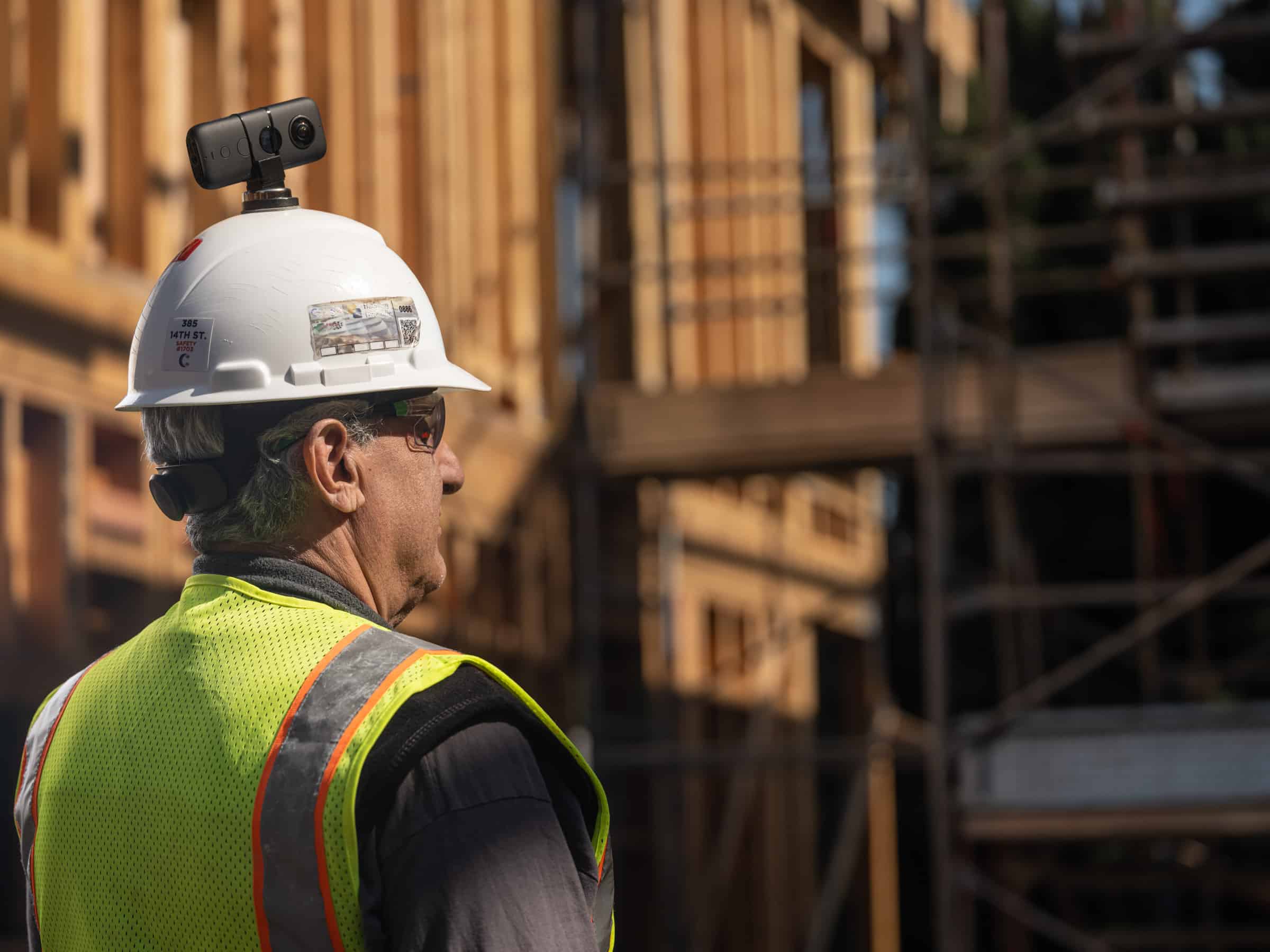
4 Benefits of Job Documentation Technology
Technology has dramatically increased our efficiency, making it easier and faster to build commercial jobs and with better quality and oversight. When I first started my career in the construction industry, we communicated via pagers, beepers, landlines and fax machines. If an architect or owner had questions about the drawings or something in the field, we would have to take a photo of the area or item in question, connect the camera to a computer, print the photo out, type up and print out our notes then fax it to the recipient. Today, we’re able to snap a photo on our cellphone, mark it up with our notes and send it via text or email in a matter of minutes.
And, thanks to job documentation technology, we can now easily capture an entire job site and manage the construction progress throughout its entirety. Through a simple, 360-degree camera, programs like OpenSpace, HoloBuilder and StructionSite use technology similar to what Google uses to capture street-view photos. It doesn’t require the user to take time away from his normal tasks – and there’s little to no training necessary. You just tap “record” on the app, put your phone away and walk around the job site freely. The camera takes photos that are then stitched together almost like a video and mapped to the project’s plans. The more you walk the site, the more the technology learns and the faster it works. At Dowdle Construction Group, we recently began using job documentation technology, and it has offered us a number of benefits.
A faster process that provides a wealth of information
Typically, walking and documenting the job takes several hours, depending on how large the project is. With the technology we use, you can walk the job in about 40 minutes and get a full, 360-degree view of the site – much more detailed than still, standalone images. The “street-view” images allow users to look up and down, left to right and front to back, something that’s just not possible with standalone images. To get that level of detail would require taking hundreds of photos manually. Even then they wouldn’t be stitched together and they would require detailed explanations to provide the necessary context.
Remote access
Whether you’re working with an owner or architect that’s based in another state or you want to be able to share the job walks with a coworker or manager back in the office, the ability to remotely access the job walks is a game-changer for team communication. Being able to “virtually” walk the job once a week – or however often you choose to document the site – keeps the owner better updated on the progress of the project than is possible with only daily reports. Virtual walks serve as a significant supplement to daily reports, offering a more meaningful and encompassing progress update.
By simply sharing a link to the walk(s), anyone with access is able to view the virtual walk from their computer or smartphone.
Reduces errors and rework
Mistakes happen on job sites – from installing something in the wrong place or failing to install something altogether – and they can get expensive. These virtual walks serve as a checks and balances tool, allowing multiple people to “walk the site.” The more people that view them, the more likely they are to catch any problems. And because it allows you to “go back in time,” you’re able to see where things like piping and electrical work were installed before being covered by drywall.
The way we’ve configured the technology we use also reduces the need for rework. For example, out-of-town owners can walk the site more frequently since they can do so remotely. Without viewing these virtual walks, she may not have seen a particular issue until the next time she was scheduled to be in town. And the longer it takes to catch, the more expensive it will be to make the change.
A side-by-side comparison with the project plans
When uploading a walk to the program’s site, you tell the software where the walk started in relation to the drawings so that it can map your travel to the floor plan. As you upload more walks, the AI continues to work in the background and learn the space. Then, when the walkthrough is set side-by-side with the BIM drawings and/or 3D scans, you’re able to see precisely where things are in relation to others. For example, if you’re working on the interior fit-out of a new restaurant, you can get a more realistic feel for the spacing between tables – there’s a fine line between intimate dining and too close for comfort. Have you ever looked at a housing listing and tried to map the floor plan out in your head? Despite how many photos there are, it’s almost impossible to properly map it out, let alone determine if your sectional will fit in the family room. But as soon as you see the virtual tour, it all clicks into place. In terms of getting a “feel” for the space, virtual walks are the next best thing to physically touring a job site.
The construction industry is fast-paced and under constant pressure to meet deadlines, yet can be resistant and slow to adapt to new technology. Consider investing in job documenting technology solution that helps increase efficiency and decrease costs. It’s a win-win.
This article was originally published in Modern Contractor Solutions on June 25, 2020. Read it here.

